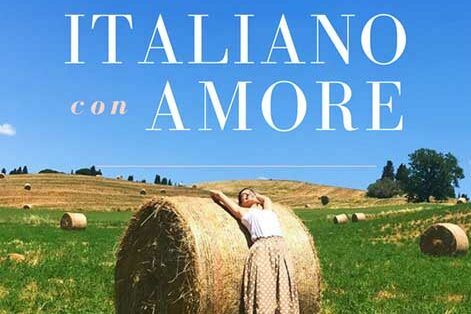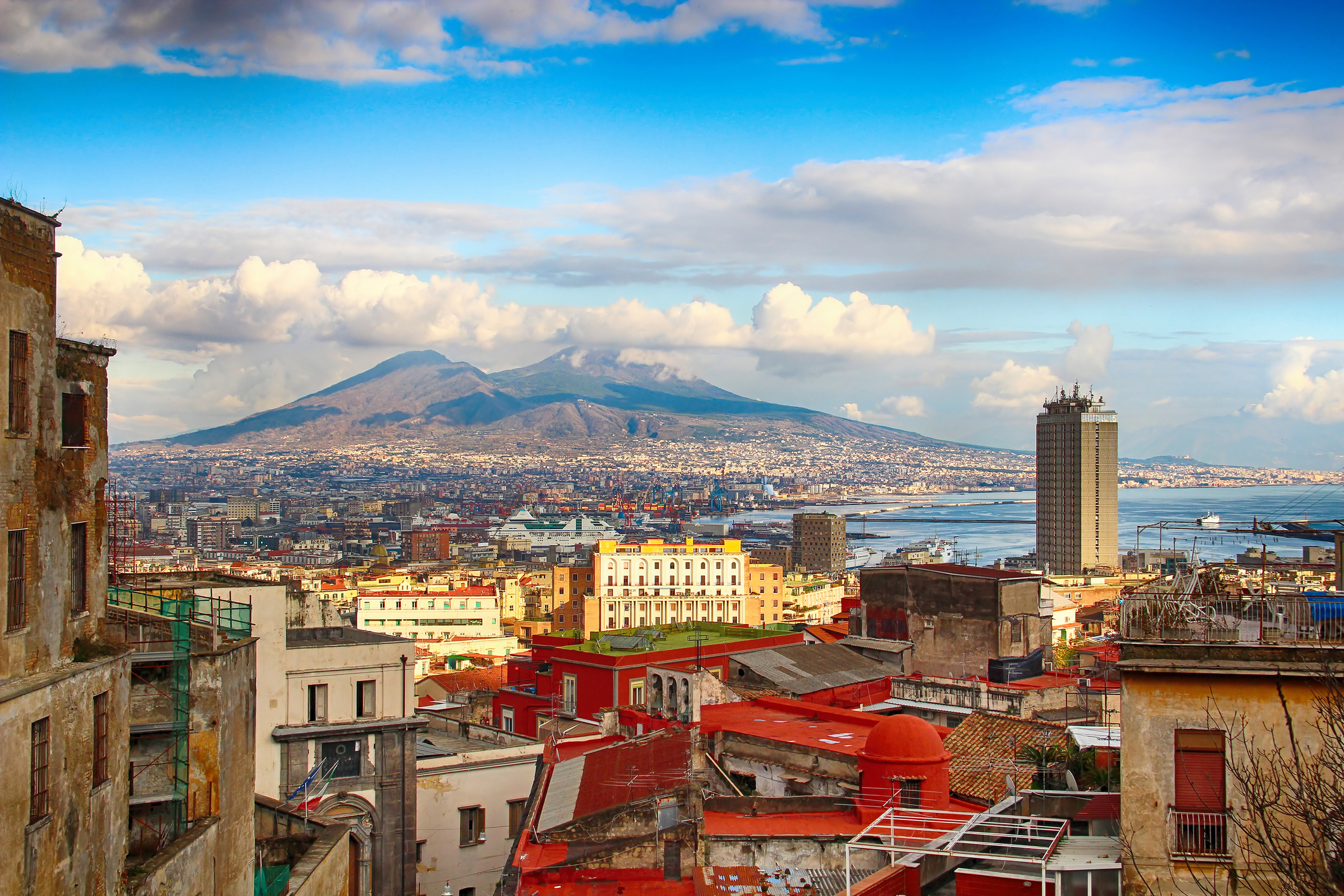One of my favorite places in Florence is Orsanmichele. During a recent trip to Florence, as I was walking down Via Calzaiuoli, I was delighted to rediscover this beautiful building set in the heart of the city. Originally it which was constructed on the site of the kitchen garden of the Benedictine convent of San Michele. In Tuscan dialect Orsanmichele is a contraction of the word “orto” or garden – hence garden of St. Michele.
I think the reason I enjoy this building so much and the sculptures that adorn it’s facade in ornate gothic niches is because it reminds me of a time when I was first discovering and falling in love art history; it reminds me of when I was a impressionable college student, when each new painting, sculpture and building that I viewed in my art history books or as an overhead slide, was a rare and amazing treasure.
Originally Orsanmichele was intended as a grain market, but around 1380 it was converted into a church and used by Florence’s powerful craft and trade guilds. Each guild commissioned an artist to contribute a statue to represent its particular craft. Many of the statues were not completed until the 15th century so many of the commissions went to exemplary artists of the day like Verrocchio, Ghiberti, Donatello and Luca della Robbia.
I first learned about Orsanmichele sitting in a dark lecture hall in a college in the midwest far far away from Florence. I remember vividly Mr. Goudie, my crazy passionate art history professor, his white hair in disarray gesturing wildly from his podium exclaiming with delight as each new slide of Orsanmichele appeared on an immense screen. I recall him explaining to us how revolutionary these sculptures must have been for the Florentines, as they broke with medieval tradition and embraced three dimensionality, weightiness and correct human proportion.
What an amazing experience it must have been, he explained to us, that everyone in Florence – from lowliest servant to the Medici princes – could to be privy to these stately figures. Each statue, in contrapposto pose – a relaxed stance that gives the figure a dynamic and natural pose – projects a new civic pride and individual self worth that wouldn’t have been lost on the citizens of Florence. On a daily basis, as they went about their errands and carried out their business, the Florentines were exposed first hand to the changes in the tides of art and how men perceived themselves in relationship to God and the world.
Inside Orsanmichele you will find a magnificent altar piece of the Madonna and Child painted by Bernardo Daddi. You see influences of Giotto in Daddi’s altarpiece, suggesting that Giotto was Daddi’s teacher. During my recent visit to Orsanmichele I dipped into the dark church interior and sat for a while looking at Daddi’s altarpiece in the murky dimness simply enjoying the fact that I had returned to Florence. The dim interior reminded me of the darkened lecture hall in which I first discovered Orsanmichele so many long years ago. I fondly remembered my art history professor and silently thanked him for imparting his passion for art and Florence to me that cold winter day in the heartland of America. From the class room to the real thing! What a leap!
































